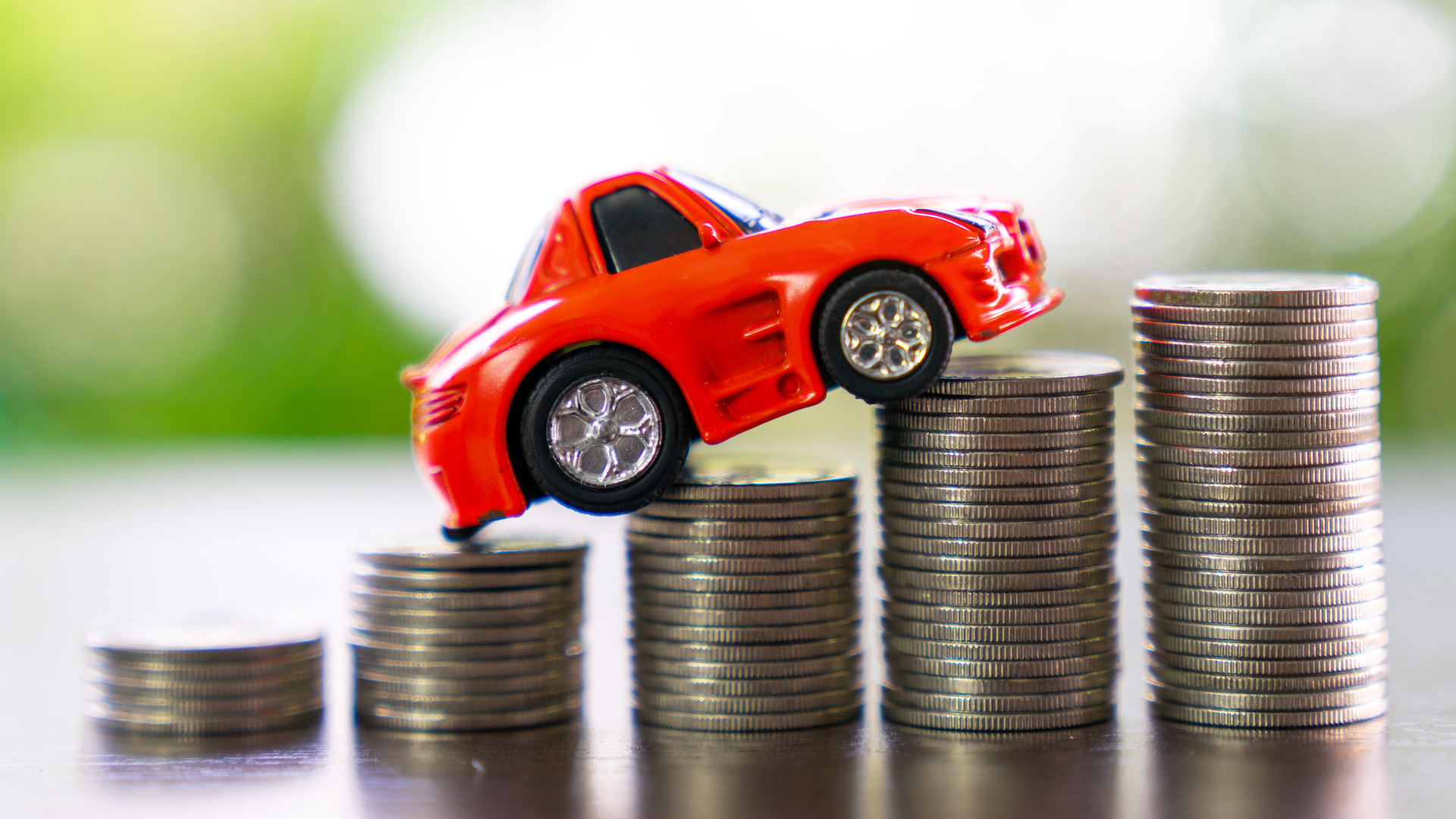

The U.S. Federal Reserve hiked a key interest rate again Wednesday, an attempt to curb inflation even as the economy shows signs of slowing. A side effect of the change, however, could be the dampening of a car market that’s already in a tough spot.
The Federal Reserve announced a 0.75% increase to the federal funds rate, following a similar increase in June. This brings the rate between 2.25-2.5%, which is the highest point the rate has been since summer 2019. The Fed implemented the increases in response to a 9% year-over-year increase to consumer prices in June, caused by the highest rate of inflation since 1981 according to Pew Research.

The federal funds rate refers to the rate at which commercial banks can borrow money, which has historically been adjusted in response to economic conditions. A low federal funds rate can reduce interest on variable-rate loans, often seen on mortgages or car financing, driving economic growth. The downside: That kind of economic growth can accelerate inflation and reduce savings, which can lead to many other problems.
Higher interest rates have immediate implications for the car market, which relies heavily on financing. According to Cox Automotive, 85% of new car buyers and 39% of used car buyers finance their purchase of new vehicles. Car loans becoming less affordable is likely to drag down car sales—particularly new—at a time when automakers are already reporting deep declines as a result of supply chain breakdowns.
The rate hike may only steepen a decline that began following the late 2010s, when U.S. car sales peaked at over 17 million vehicles annually. As of June 2022, the National Automobile Dealers Association forecast a seasonally adjusted annual sales rate (or SAAR) of 13 million—a drop by almost a quarter in barely half a decade. So far, carmakers have limited damage to their bottom lines by emphasizing per-vehicle profits, but the threat of buyers’ shrinking budgets could limit that strategy’s effectiveness. In short, the signs point to the U.S.’s car-buying power shrinking at a bad time, which may make it harder still for car buyers to afford the cars they need.
Got a tip or question for the author? You can reach them here: james@thedrive.com